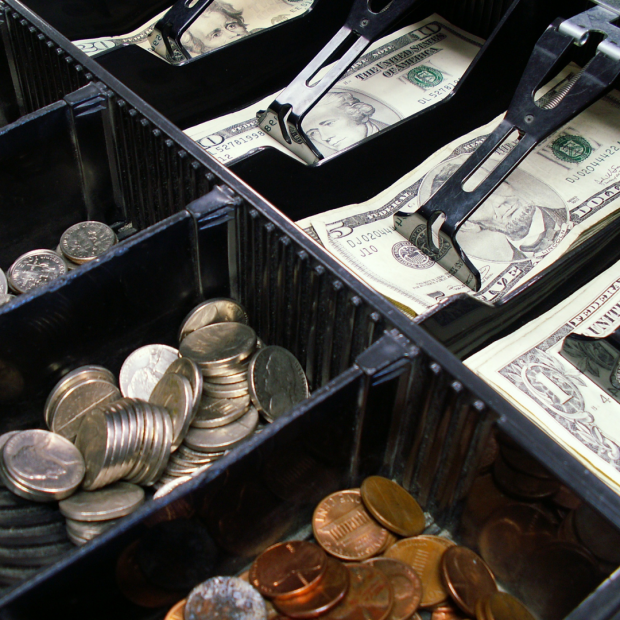Cash flow is one of the most critical and most often overlooked aspects of every business. It’s also one of the things that can have the biggest impact on your ability to grow your business. So, the next time you want to lament about the state of your business, take a look at your cash flow and how you can improve it.
One of the easiest ways to improve cash flow could be by marketing your business successfully. Improved advertising and marketing strategies can not only generate profits but also help you gain loyal customers, which can ensure that your business grows consistently. You can employ additional resources such as SEO services for your company’s uniform development. Moreover, a downgrade in the cash flow could be due to several reasons.
How often have you found yourself in one of these situations? Maybe you’ve made a big purchase, and now you need to pay it off. Maybe you’ve been offered a raise, which means you’ll have to pay more in taxes. Maybe someone is about to get laid off, which could mean a big drop in income. In fact, a quick calculation will show that you could be in a cash flow jam at any time because of all these things. One easy fix to get out of this jam would be to invest in cash flow software that can track, analyse, and optimize your cash flow process. However, so that you don’t keep on repeating the same mistakes, here are 5 common cash flow problems and how to avoid them.
• Being confused between revenue and profit
If you’re eager to make money, you’ll inevitably become pained when you’re faced with financial hardships. That’s because you want to see more money, not less. But how do you ensure you get that money?
Some people think you have to pay money to make money and they’re called “suckers.” These people are typically in debt to the point of bankruptcy, owe lots of money in interest, or are so poor that they can’t make any money. The truth is that you can make money without paying money. Being a business owner is not easy. From the early days of starting to the day you retire and sell your business; it all takes a toll. Your business needs to generate revenue in order to be profitable. You also need to make sure you know what your cash flow is forecasted to be and how to manage it correctly. As you can see here, Synario can help manage and analyze your cash flow to help your business continue to grow. Then, you need to understand the difference between revenue and profit. Revenue is everything you take in through sales and income. Profit is everything else.
• Let your receivables slide
Most business owners and managers know what it is like to be in the red, and for many, it can be a scary feeling. It is easy to be tempted to “make up” the trade receivables so that the business appears “in the black” and to avoid the cost of the loss. But are these seemingly easy and quick fixes really the best way to go?
• Charging too little for the services
Many entrepreneurs make the mistake of not charging enough for their services. At the same time, some entrepreneurs charge too much for their services. So, what is the right amount of money to charge? What is the right price for a service or goods? And what is the right price for a product or service? Your cash flow will tell you how much money you can afford to put aside for your business. It tells you the current amount of cash you have in hand (cash balance) and how much you owe (payables). If you run a successful business, you need to keep your cash flow in balance. That is how you will be able to make more money and avoid the mistakes that many business owners make.
• Borrowing some money
Business is a natural step for any entrepreneur, but not everyone knows which steps to take or how to pull together the resources to launch a business. Many of the issues that entrepreneurs run into when starting a business are the same issues that we all face when it comes to debt, and it’s these same mistakes that can derail your business before it even takes off.
• Failing to save a cash
Small businesses that struggle to accumulate cash reserves mainly do so due to high operating costs and low profitability. The simple solution is to cut out unnecessary costs and implement cost-saving measures, wherever essential. As a start, businesses could switch to digital practices wherever necessary to reduce paper usage/wastage. Utility costs are another area where good practices and prudent moves can go a long way in improving a company’s cash reserve. Consider turning off all lights and appliances before leaving the workspace or changing the thermostat settings during certain times of the day. Similarly, if high water bills are a cause of concern, then find out how to switch to an affordable supplier.
Cash reserve problems tend to be more common for small business owners, who often find themselves with too much on hand and not enough to cover expenses for the next month. It is a mindset problem – business owners expect to make the same amount of money, they did last year and assume that their expenses will stay the same. In reality, business expenses can fluctuate, or there may be some unexpected expenses, such as an insurance claim. Being able to plan and maneuver around expenses while keeping operational costs at a manageable level is key to success over time.


